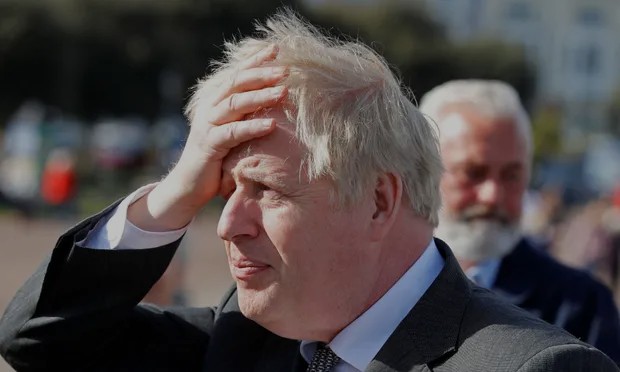Over the summer Boris Johnson likened a second national lockdown to the nuclear deterrent – something it might be necessary to threaten but never use – and ramped up warnings about tighter restrictions as cases increased in September after a summer of “eat out to help out.”
In September, he was warning the UK was at a “perilous turning point” as he announced new restrictions on gatherings, a 10pm curfew, tougher mask mandates and bans on activities such as indoor sports.
It was the chancellor, Rishi Sunak, who was regarded by some as the key opponent to any tougher restrictions. Sunak was widely praised by lockdown-sceptic MPs for his declaration in the Commons in mid-September that “we must learn to live with it [Covid-19] and live without fear”.
Sunak was said to have stopped the September circuit-breaker which was urged by Sage scientists at the end of that month, with minutes from that meeting saying that a delay would result in “very large epidemic with catastrophic consequences”.
Yet accounts have emerged from this time that suggest it was the Boris Johnson himself who was ultimately the biggest obstacle to the “circuit breaker”, a pattern that repeated itself in the days of chaos before the cancellation of Christmas relaxations of restrictions and before the third lockdown and schools reopening.
Downing Street and the prime minister himself have robustly denied that he said he would rather “let the bodies pile up in their thousands” than impose a third lockdown.
Denials have been less clear on what the Times and the BBC report that the prime minister said repeatedly that he would rather “let it rip” because the restrictions would cause such economic chaos.
Johnson sided with Sunak and the other three scientists, believing regional measures and weaker restrictions could contain the virus [we know now Boris Johnson was wrong again; it wasn’t able to contain Covid-19].

Comments
No comments yet. Be the first to react!